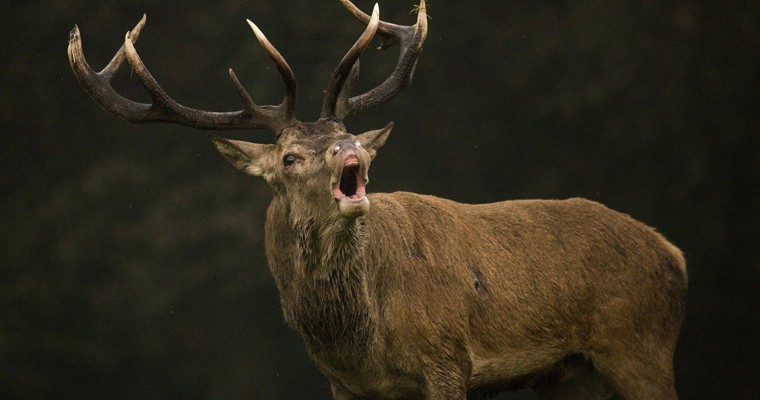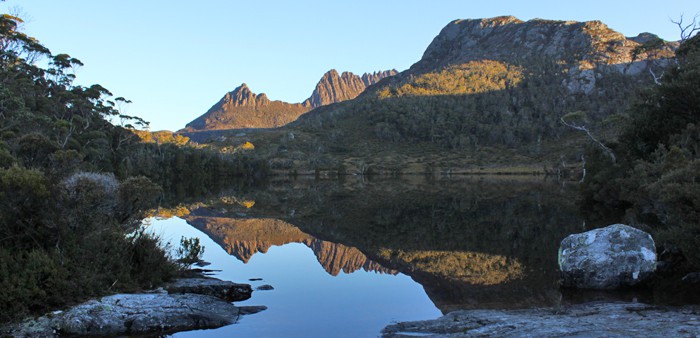The number and distribution of fallow deer in Tasmania is on the rise, and they are starting to turn up in sensitive conservation areas, including within the globally important Tasmanian Wilderness World Heritage Area.
Imported from England in the 1830s, there were an estimated 7000-8000 deer occupying the central and eastern Midlands of Tasmania by 1972.
Unconstrained by a statewide feral deer management strategy, their numbers have continued to climb.
An aerial survey in 2019 recorded some 54,000 deer across the 2 million hectare survey area. In contrast, only about 30,000 forester kangaroos were recorded, making feral deer the most numerous large animal in Tasmanian ecosystems.
Join our citizen science project
The Tasmanian Government wants to know where people are seeing deer in Tasmania, especially if people are seeing deer in the Wilderness World Heritage Area and in other high-conservation value areas.
We would also like to know if deer are encroaching on Tasmanian suburbs. There are increasing reports of deer on the roads surrounding Launceston, and down south near Hobart and Kingston.
Help keep track of deer distribution in Tasmania by becoming a ‘Tassie deer spotter” on iNaturalist. The information you supply by reporting sightings of feral deer will be fed into national scientific databases and help contribute to our knowledge about the spread of deer in Tasmania.
Once you join iNaturalist you can upload photos of deer, suspected deer prints or even deer poo as evidence of their presence!
We’d particularly like to hear about deer turning up in the Tasmanian Wilderness World Heritage Area, in the northwest of the state, down south and on Bruny Island.
To get started:
- Download the iNaturalist mobile app to your smart phone or device (iOS or Android).
- Create an iNaturalist account using your personal email address and a unique password.
- For help identifying fallow deer the pestSMART website has a handy tips page.
- Join the Tassie Deer Spotters iNaturalist Project and begin making observations!
- There is only one species of feral deer in Tasmania, its common name is fallow deer, it’s scientific name is Dama dama, so make sure you tag your observation with the correct name.








